Bathroom vanities come with many advantages. They combine a mirror, countertop space, and storage in one piece of furniture. However, it can be tricky to know what size mirror goes with a vanity. One of the most popular vanity sizes is 48 inches. What size mirror goes with a 48-inch vanity? We have an answer for you in the post.
The vanity mirror should be a few inches smaller than the actual vanity. So, if the vanity is 48 inches, the mirror should be about 42 to 44 inches. This is so the vanity, not the mirror, is the focus of the room.
There's much more to know about vanities than what size mirror to pair with them. For example, what are some other popular vanity sizes? What are the different types of vanities? We cover these questions and more in this post! Keep reading to learn more about vanities.
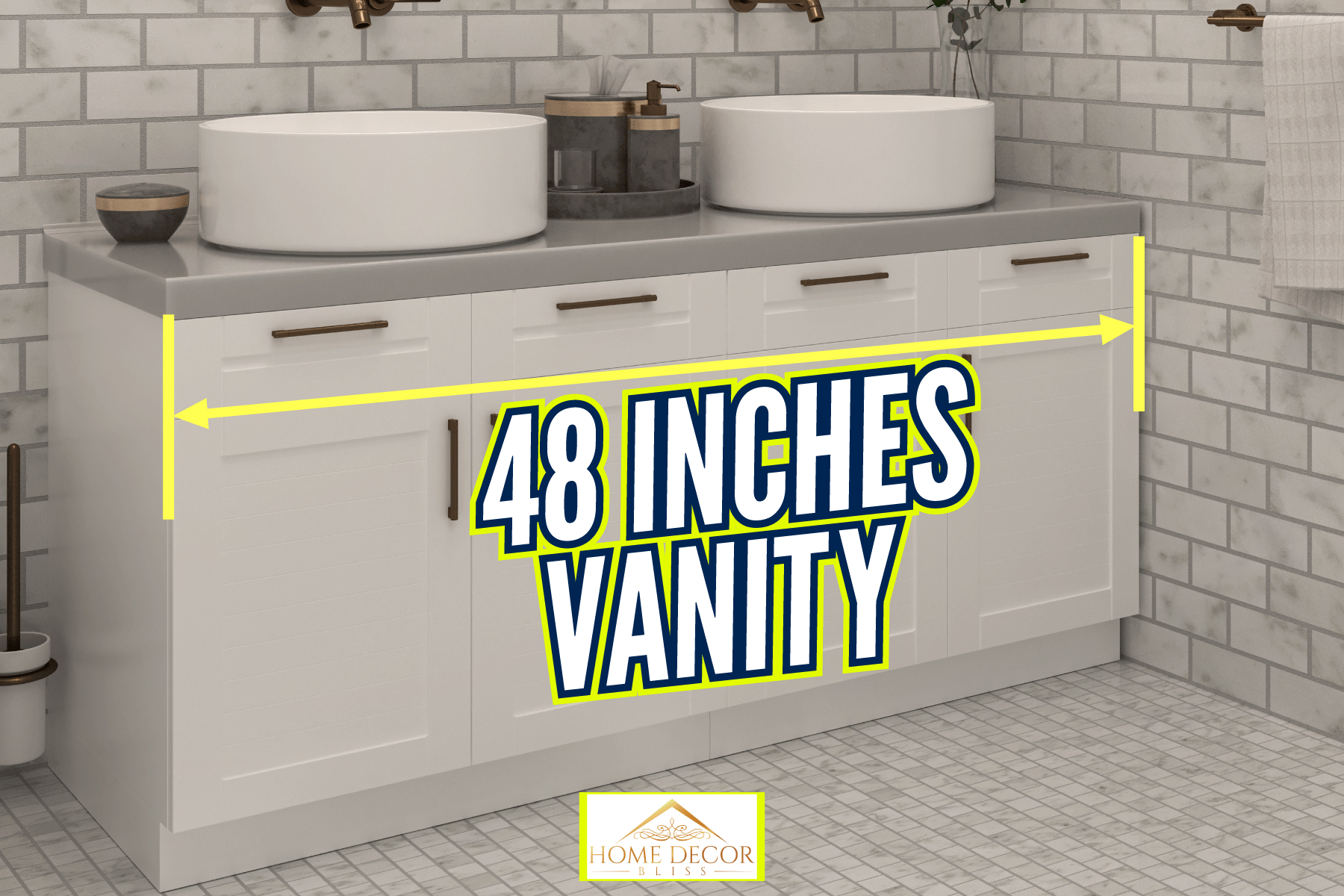
What are Some Other Popular Vanity Sizes?
The size of a vanity usually depends on whether it's a single vanity or a double vanity. A single vanity is typically smaller than a double vanity, as it has one sink, whereas a double vanity has two sinks.
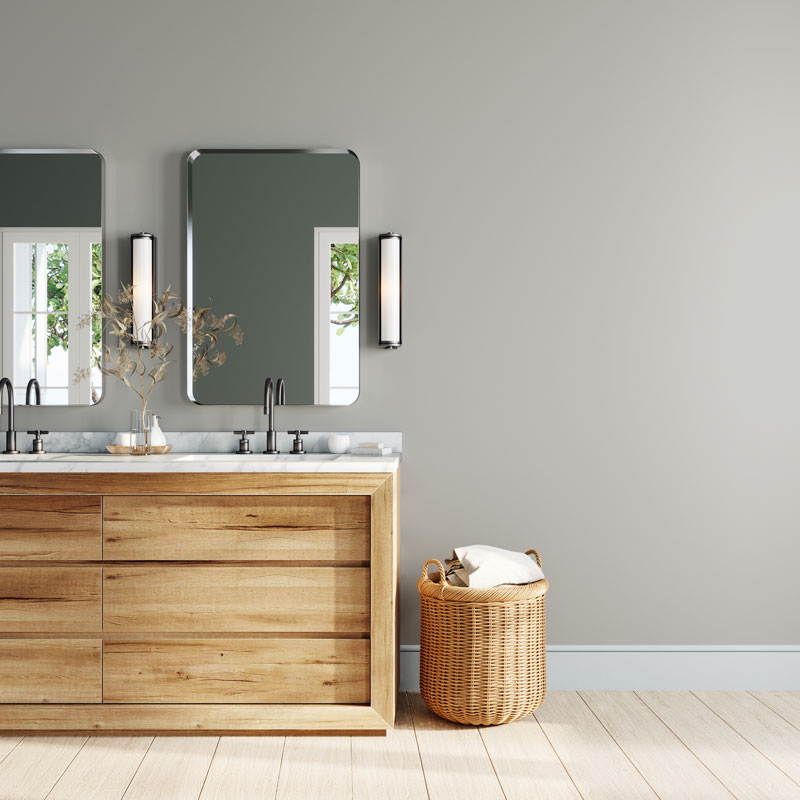
We may include affiliate links and curated AI content to highlight top design styles.
Standard sizes for single vanities include 24 inches, 30 inches, 36 inches, and, as mentioned, 48 inches. Some of the most popular sizes for double vanities are 60 inches and 72 inches. However, a double vanity can also measure 48 inches.
Is 48 Inches Too Small for a Double Vanity?
Though double vanities start at 48 inches, some people think a 48-inch double vanity is too small. A general rule for vanities is that there needs to be at least 30-inches of space for each person who uses the vanity.
So, if two people plan to use the vanity, then there should be at least 30 inches of space for both of these people. This means that the vanity would need to be 60 inches in width.
However, if you are okay with a smaller double vanity, 48 inches may be a perfect size. If you want to ensure that you and your partner have enough space, it may be best to go with a vanity at least 60 inches in width.
Is It Better to Have a Single Vanity or a Double Vanity?
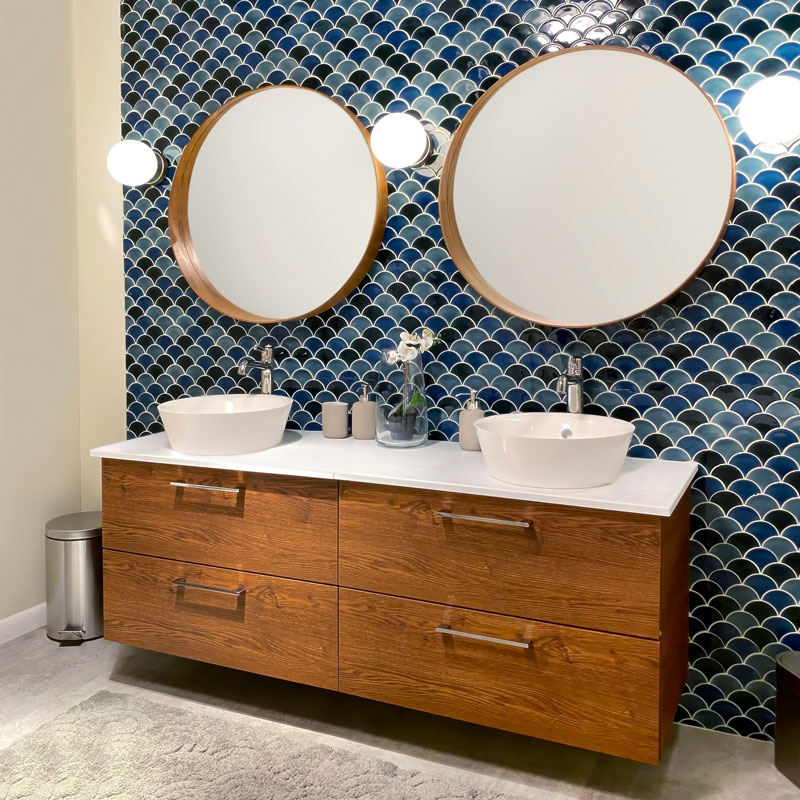
The answer to this question depends on your preferences and what you prioritize. Both single vanities and double vanities have advantages and disadvantages.
Advantages and Disadvantages of Single Vanities
One great advantage of single vanities is that they offer more counter space due to only having one sink. So, if you like to stack many products on your bathroom sink, then a single vanity may be the right choice for you.
Another advantage of single vanities is that they work well for smaller bathrooms. A double vanity may make a smaller bathroom feel snug, while a single vanity can make a smaller bathroom feel more open.
In addition, single vanities are easier to install and cost less than double vanities do. This is because they only come with one sink, shortening the installation time and the amount of money needed for materials. So, if you prefer to spend less time and money on a vanity, you should go with a single vanity instead of a double.
Though single vanities have many advantages, they also have a significant disadvantage: they're not ideal for multiple people. If you're sharing a bathroom with someone, you may want to have your own sink to make things more efficient. In this case, the better option for you would be a double vanity.
Advantages and Disadvantages of Double Vanities
The major advantage of double vanities is that they let people do their morning or nightly routines simultaneously. This can save a lot of time and may be perfect for those who have busy schedules.
Two significant disadvantages of double vanities include decreased counter space and higher costs. Double vanities offer less counter space because they come with two sinks, limiting the space available for the counter. In addition, because double vanities come with two sinks, you have more for extra materials and plumbing.
So, to make your bathroom more efficient for two people, a double vanity is a great choice. However, if you prefer to have more counter space and put less time and money into a vanity, you may want to go with a single vanity.
What is the Difference Between Vanities and Cabinets?
The biggest difference between vanities and cabinets is the inclusion of a sink. Vanities are cabinets with one or two sinks placed on top of them. Regular cabinets are not topped with a sink.
Another notable difference between vanities and cabinets is their size. Kitchen cabinets are deeper than bathroom vanity cabinets because they typically store more items. Generally, kitchen cabinets have a depth of about 24 inches, while vanity cabinets usually have a depth of about 21 inches.
What are the Different Types of Vanities?
There are several different types of bathroom vanities. Four of the most popular types of vanities include cabinet, free-standing, vessel, and floating.
Cabinet
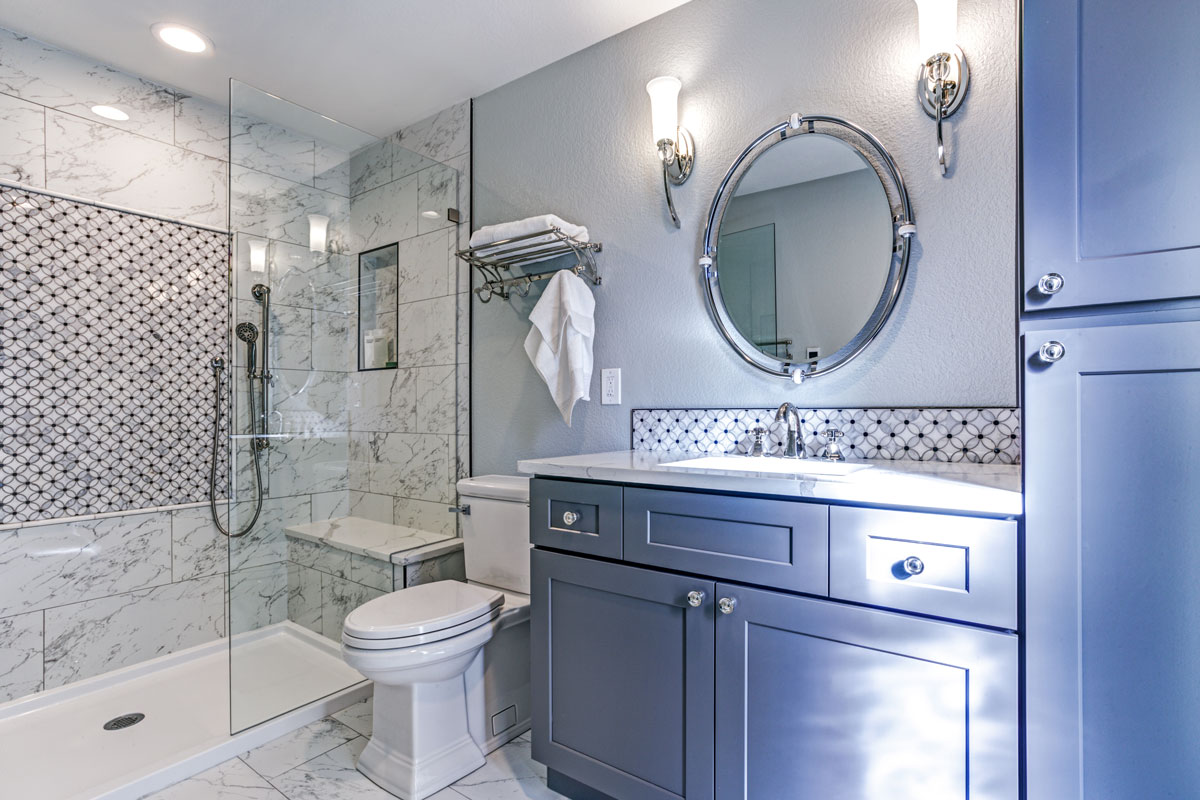
The cabinet vanity is probably the first picture that comes to mind when you think of a vanity. It includes a sink, or two, on top of a set of cabinets. This vanity type is so popular because the cabinets provide a lot of space for bathroom products.
Free-Standing
While most vanities are mounted against a wall, free-standing vanities are not. This type of vanity rests on the floor without being installed against the wall.
Many people love free-standing vanities for the modern vibe and perception of openness it gives bathrooms.
In addition, free-standing vanities allow people to be a little more creative with customizing their vanities. This is because free-standing vanities are often repurposed or custom furniture pieces. So, if you're looking to leave your mark on your vanity, a free-standing style may be for you.
Vessel
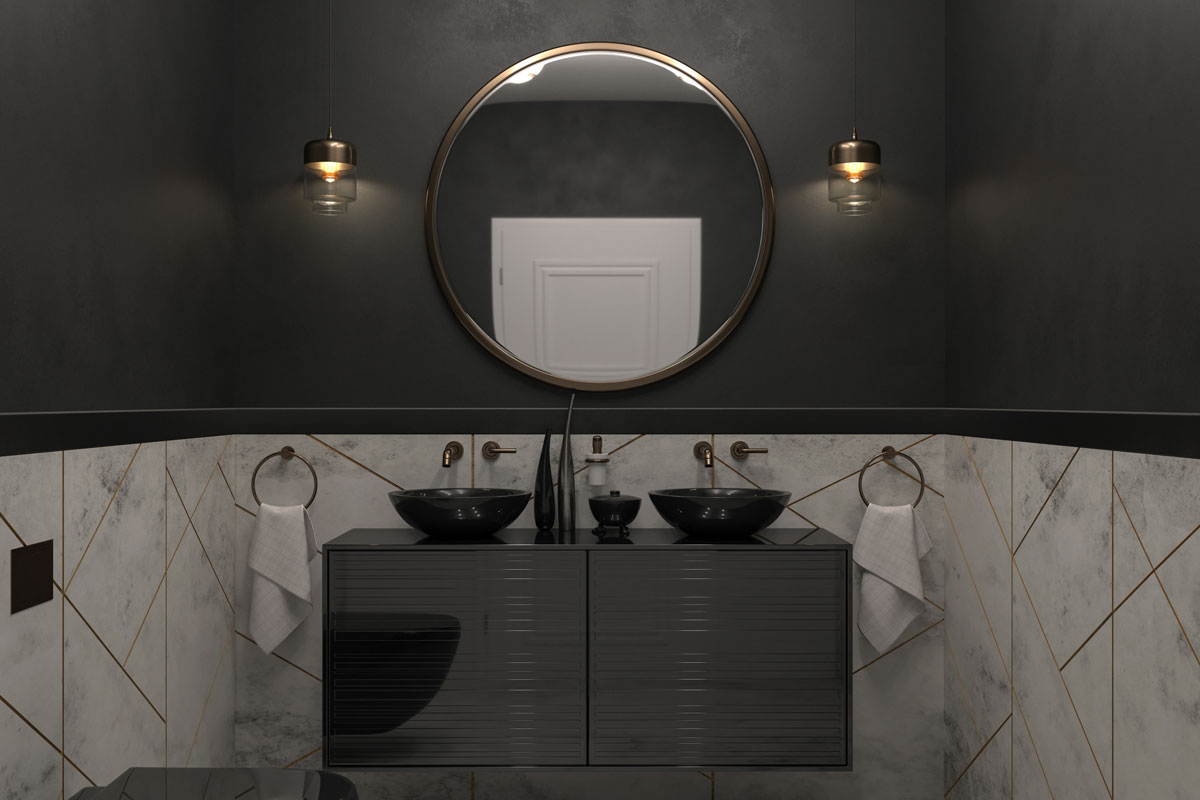
A vessel vanity contains a bowl or basin that sits directly on top of the vanity. Thus, it differs greatly from under-mounted sinks, in which the sink is installed below the countertop.
Some people like vessel sinks because they are very simple to change if you need or want a new one. Under-mounted sinks are more difficult to change because they are installed below the countertop, not on top of it.
However, some people dislike vessel sinks because cleaning them seems to be a bit more complicated. This is because substances can accumulate in the spaces between the bowl and the countertop.
Floating
Floating vanities are completely mounted against the wall. They do not touch the floor, making them seem as if they're floating.
A major benefit of floating vanities is that they add an element of openness to the bathroom. Additionally, they add some extra space to the bathroom, as they do not touch the floor. This extra space on the floor allows you to store many items underneath the vanity.
How Much Space Should be Between the Vanity and the Wall?
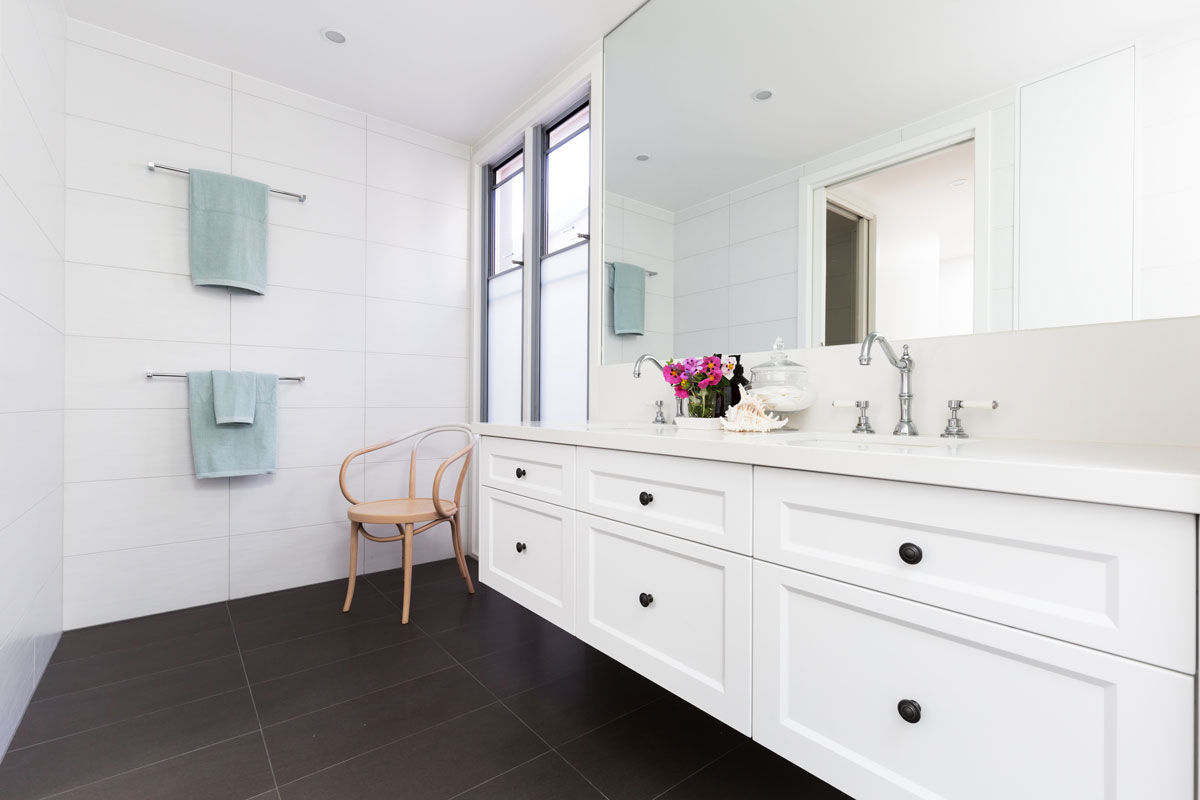
It's recommended that there be about 30 inches of space between the front of most types of vanities and the wall.
What Can You Use to Fill in a Gap Between a Vanity and a Wall?
If you want a floating vanity, you may be wondering how to fill in a gap between the vanity and the wall. There are certain products you can use to close the gap. For small gaps, you can use caulk. For large gaps, you can use a backsplash.
In Closing

In closing, vanities are a key part of your bathroom. One of the most popular vanity sizes is 48-inches. If you have a 48-inch vanity, know that the mirror should measure about 42 to 44 inches. Remember that 48-inches is a suitable size for a double vanity, but a 60 to 72-inch double vanity may provide more comfort and space for you.
Also, consider your preferences before determining whether you want a single or double vanity and what type of vanity you want.
Before you go, check out some of our other articles:

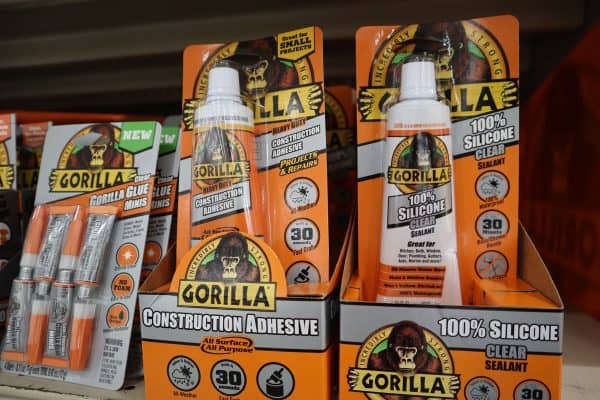

![Luxury bathroom estate home shower, Pros And Cons Of Lighted Bathroom Mirrors [Inc. LED]](https://homedecorbliss.com/wp-content/uploads/2022/10/luxury-bathroom-estate-home-shower.-Pros-And-Cons-Of-Lighted-Bathroom-Mirrors-Inc.-LED-600x400.jpg)